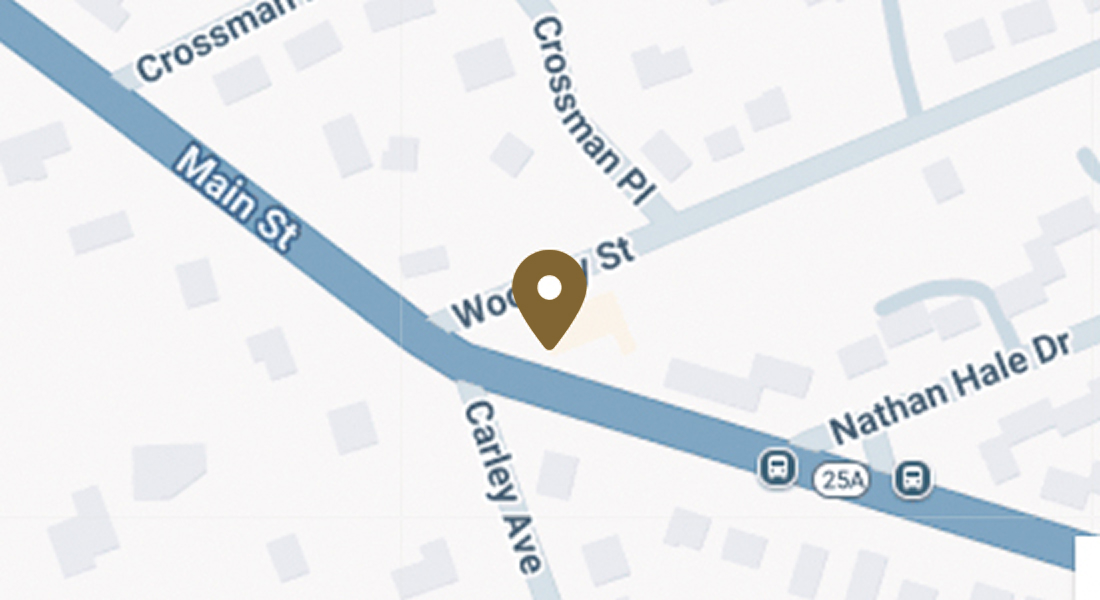- Contact Us Now: (631) 897-2066 Tap Here To Call Us
Mediation or Litigation – Which Process Is Right for You?
People are often disappointed after choosing to litigate their divorces. What they thought would be a forum to air their grievances with their spouse may turn out to be a high-pressure, high-cost ordeal that lasts half a decade. In this article, I present two options — a non-fiction Choose Your Own Path if you will. One details the steps involved in the mediation process; while the other talks about litigation, and explains the difference between a contested and uncontested divorce.
The Mediation Process
Mediation is a voluntary process that requires full financial disclosure. From beginning to end, the parties are often able to settle and finalize their divorce in a matter of months.
The mediation process addresses all issues that need to be decided by the parties who are going through a divorce, including but not limited to:
- the division of assets and liabilities;
- child support and the children’s extra expenses — including college expenses;
- parenting time; and
- the amount and duration of maintenance (also known as alimony).
In mediation, the parties engage the services of a professionally trained, neutral third party who walks them through the process of negotiating and finalizing the terms of their divorce settlement. A mediator does not provide legal advice but often provides legal information so that the parties can make informed decisions. The parties are free to hire their own counsel for legal advice and are encouraged to have all legal agreements reviewed by their own lawyers prior to signing legal documents. The parties’ attorneys are typically not present during the mediation sessions.
The mediator, or another third-party neutral attorney, will draft the parties’ divorce settlement agreement and will draft and file the divorce papers. The parties do not need to go to court. The parties are in complete control of the process and make their own decisions.
Mediation is a fraction of the cost of litigating a divorce and encourages the parties to work together in the future, especially where children are involved. Mediation helps establish a road map for the parties as their children get older and encourages the parties to avoid the court system by making their own decisions.
The Litigation Process
In litigation, each party hires a separate attorney, and each party pays a retainer fee ranging anywhere from $7,500 to $15,000 or more, depending upon the jurisdiction and the attorneys’ hourly rates. The retainer amounts are typically used up very quickly and the hourly fees build from there.
The litigation process always begins with the initiation and filing of a lawsuit (by the plaintiff) and the service of that lawsuit to the other party (the defendant) — this is commonly known as being “served with divorce papers.”
If the divorce is uncontested — meaning that the parties are able to agree on the division of assets and liabilities, child support and parenting time, maintenance, and all other issues that make up the structure of a divorce settlement — the process could be shortened. In those circumstances, a request for judicial intervention (to have a judge assigned to the case) may not be necessary until the parties have a signed agreement.
These cases often involve conferences where both parties and their counsel are present in an attempt to reach a settlement. By not having a judge assigned at the initiation of the lawsuit, the parties avoid mandatory court appearances and the formalities of the discovery and document production process. An uncontested divorce will not be as costly as a contested divorce, however, it will cost thousands more than mediation.
In cases where the parties are unable to agree, the divorce is considered “contested,” and judicial intervention will likely be sought early on in the process. Once a judge is assigned to a case, there are mandatory court appearances every few months, as well as various demands for documents and financial information. If a party is being uncooperative, the other party may file a motion to compel the production of certain documents, to compel the payment of interim support, to compel the payment of legal fees, etc. Motion practice is extremely timely and costly. The entire process is often ongoing for years and is financially and emotionally draining.
From personal experience, an extremely high percentage of clients who begin the mediation process are able to reach a settlement. Two of the most rewarding aspects for them seem to be the financial savings — going from financially supporting one household to two households is hard enough without adding the extra cost of litigation — and the ability to make their own decisions.
Do you still have questions about which process is right for you? Call me, I’m happy to discuss and explore these options based on your specific circumstances.


